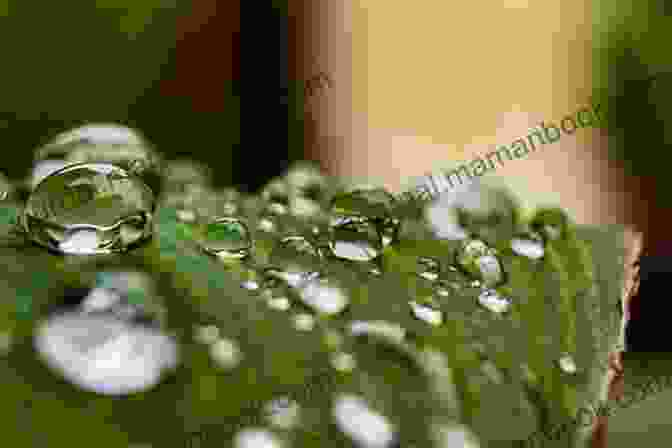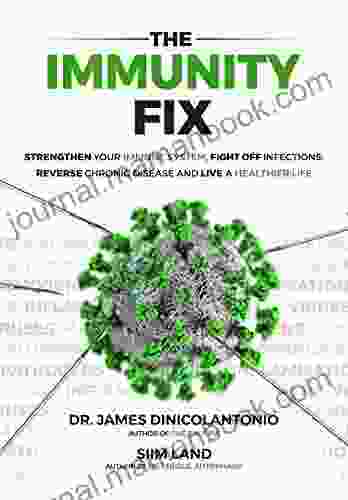The Composition of a Drop of Water
A drop of water is a seemingly simple thing, but it is actually a complex mixture of molecules. Water is composed of two hydrogen atoms and one oxygen atom, and these atoms are held together by covalent bonds. The hydrogen atoms are bonded to the oxygen atom by two single bonds, and the oxygen atom is bonded to each hydrogen atom by a single bond. This arrangement of atoms gives water its unique properties.
4.6 out of 5
| Language | : | English |
| File size | : | 486 KB |
| Text-to-Speech | : | Enabled |
| Screen Reader | : | Supported |
| Enhanced typesetting | : | Enabled |
| Print length | : | 88 pages |
One of the most important properties of water is its polarity. Polarity refers to the uneven distribution of electrons within a molecule. In water, the oxygen atom has a slightly negative charge, while the hydrogen atoms have a slightly positive charge. This polarity allows water to form hydrogen bonds with other molecules.
Hydrogen bonds are weak bonds that form between a hydrogen atom and an electronegative atom, such as oxygen or nitrogen. Hydrogen bonds are responsible for many of the unique properties of water, such as its high surface tension and its ability to dissolve a wide variety of substances.
The Properties of a Drop of Water
The properties of a drop of water are determined by its composition and structure. Water is a colorless, odorless, and tasteless liquid at room temperature. It is also a very good solvent, which means that it can dissolve a wide variety of substances. Water is also a relatively dense liquid, with a density of 1 gram per cubic centimeter.
One of the most important properties of water is its surface tension. Surface tension is the force that causes the surface of a liquid to contract. Water has a very high surface tension, which means that it can form droplets and beads. Surface tension also allows water to form capillary waves, which are small waves that form on the surface of a liquid.
Another important property of water is its viscosity. Viscosity is the resistance of a liquid to flow. Water has a relatively low viscosity, which means that it can flow easily. Viscosity is also affected by temperature, and water becomes less viscous as it gets warmer.
The Role of Water in Life and the Environment
Water is essential for life. All living things need water to survive, and water is used in a wide variety of ways by plants, animals, and humans. Water is used for drinking, bathing, cooking, and cleaning. It is also used to irrigate crops, generate electricity, and transport goods.
Water is also essential for the environment. Water regulates the Earth's temperature, and it helps to distribute nutrients and oxygen throughout the planet. Water also provides a habitat for a wide variety of plants and animals.
Water Conservation
Water is a precious resource, and it is important to conserve water whenever possible. There are many ways to conserve water, such as:
- Taking shorter showers
- Turning off the water while brushing your teeth
- Watering your lawn less often
- Fixing leaky faucets
- Installing low-flow appliances
By conserving water, we can help to ensure that there is enough water for everyone, both now and in the future.
Water Filtration
Water filtration is the process of removing impurities from water. Water filtration can be done in a variety of ways, such as:
- Boiling water
- Using a water filter
- Distilling water
Water filtration is important because it can help to remove harmful bacteria and other contaminants from water. Filtered water is safe to drink, and it can help to improve your health.
A drop of water is a seemingly simple thing, but it is actually a complex and fascinating substance. Water is essential for life and the environment, and it is important to conserve water and protect our water resources.




















































































































